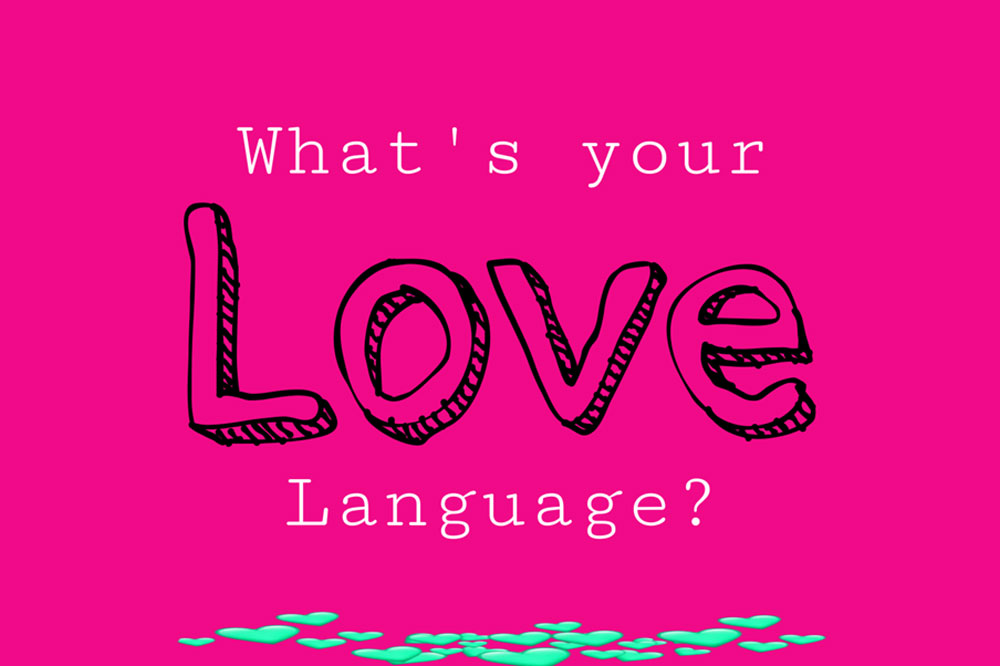The five love languages refer to the five simple ways that we want love to be shown to us and the ways that we show others love, and they express a basic truth: we don’t all feel or experience love in the same way. Some of us will only be content when we hear the words “I love you,” some prize quality time together, while some will feel most cared for when our partner scrubs the toilet.
In this way, love is a bit like a country’s currency: one coin or note has great value in a particular country, less value in the countries that border it, and zero value in many other countries. In relationships, it’s essential to learn the emotional currency of our nearest and dearest and identifying their love language is a great start.
No matter our situation — whether we’re living alone, spending 24/7 with a partner or roommates, living with adult children or caring for younger children — the five love languages are a highly effective set of tools to have in our relational toolkit. When we know what another person’s love language is, we can choose the gestures that will most resonate with them. And when we know which actions speak to us and make us feel loved, we can ask other people for exactly what we need. There are plenty of online quizzes to tell you what your love language is, but it’s easy to work out yours and what your loved ones are by looking at what lights them up, what presents they give you (since many of us give others what we would most like), and what their perfect day would look and feel like.
Here’s a look at the five languages and how they can be applied and optimized:
Love language #1: Words of affirmation. Those whose love language is words of affirmation prize verbal connection. They want to hear you say precisely what you appreciate or admire about them, for example “I really loved it when you made dinner last night” or just “I love you.” Even making tiny gestures matters, for example, leaving a loving message on a post-it next to a cup of tea.
Love language #2: Acts of service. Some of us feel most loved when others lend a helping hand or do something kind for us. You could be proactive and do something that eases a family member’s daily grind. Why not take on a job that everyone avoids doing, whether that’s cleaning the oven, changing the litter box, or filling and running the dishwasher? For anyone whose love tank is filled up by people helping, seeing someone intentionally scanning the environment to work out what they can do to make it better sends a clear and loving message to them.
Love language #3: Gifts. Those whose love language is gifts aren’t necessarily materialistic. Instead, their tanks are filled when someone presents them with a specific thing, tangible or intangible, that helps them feel special. Yes, truly, it’s the thought that counts. When you’re out grabbing shopping, pick up your roommate’s favourite drink or chocolate bar and drop it by their door.
Love language #4: Quality time. Having another person’s undivided, dedicated attention is precious currency for the people whose love language is quality time. Make an intentional effort to have in person or Zoom coffee dates with the friends you’ve been missing, or go on walks with your in-laws. Put a good old-fashioned phone call each week on the calendar with your best friend, or schedule a date night with your partner — no phones or distractions allowed. Nothing says “I love you” in quality time language better than them being the only thing on your agenda.
Love language #5: Physical touch. Expressing the language of physical touch can be as platonic as giving a friend an enthusiastic hug when she tells you about getting an interview for a dream job or as intimate as a kiss with your partner to mark the end of the workday. Even thinking about a warm embrace — something you can do by texting friends and family members with the hugging face emoji and telling them you wish you could be doing this in person — can cause their brain to produce some of the same endorphins as an actual hug would.
Love languages are a worthwhile concept to become fluent in. Long before COVID arrived on the scene, we were already living through an epidemic of loneliness. Loneliness is not just about being alone; it’s about experiencing a lack of satisfying emotional connections. By taking the time to learn each other’s love languages and then using them, we can strengthen our relationships and our bonds to others.




